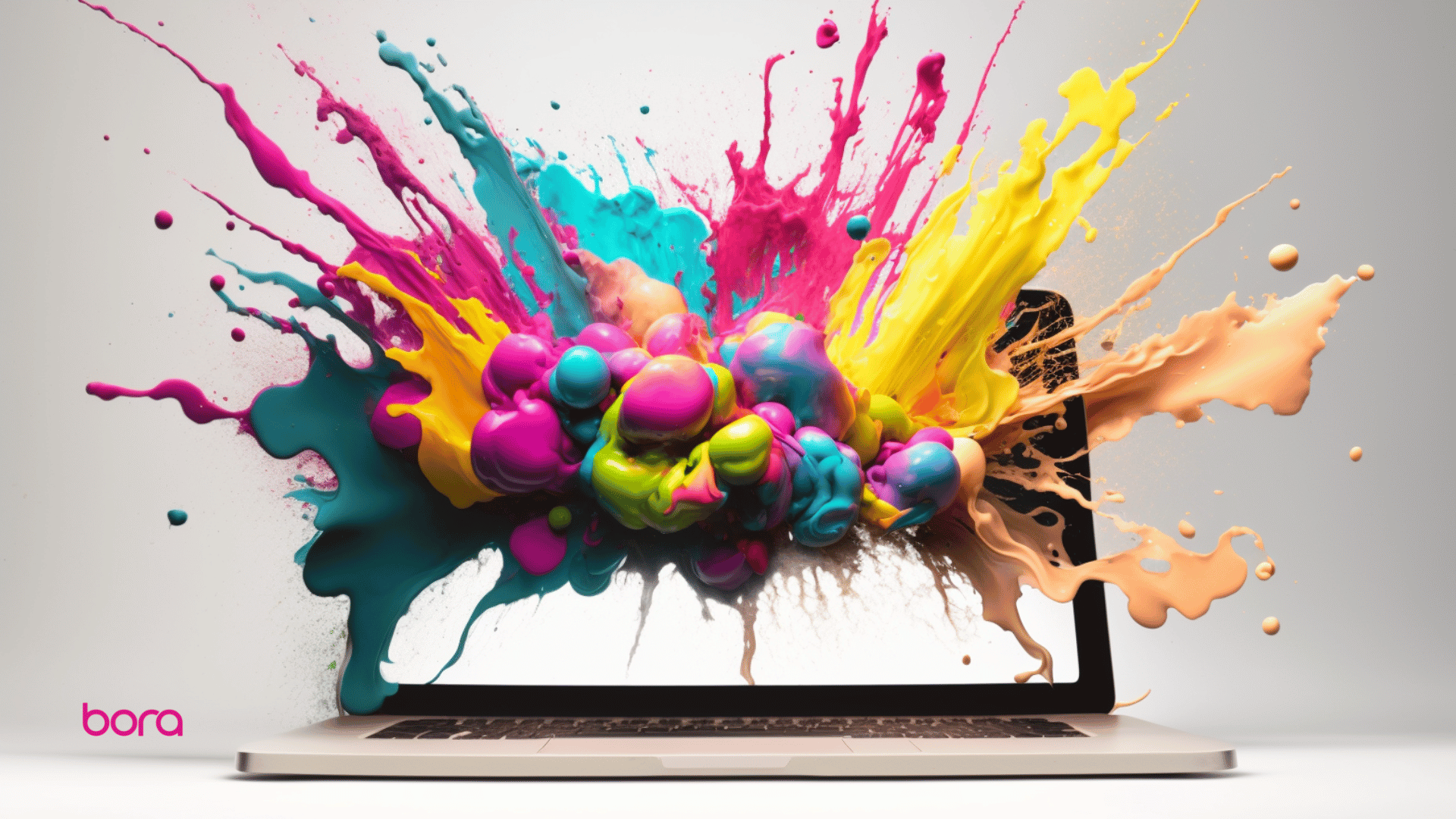Are you looking to take your SEO efforts to the next level? If so, image optimization strategies are one of the most effective ways to achieve your goals.
Image optimization can help improve your website speed, boost rankings in SERPs, and increase visibility on search engines. It also ensures that users have a pleasant experience when they visit your website.
With advancements in visual search, optimizing images can serve an even bigger purpose for online searches. Every day, billions of people turn to Google for answers. According to recent statistics, an astounding 22.6% of all internet searches were made through Google Images.
Moreover, Google Lens and Bing Visual Search are leading the way with their advanced image optimization technology. From finding suitable products to searching for relevant information online, users can find useful info with just a snap.
Let’s explore this topic further and learn how optimized images can drive more traffic and generate more leads, as well as why image optimization is essential for SEO success.
What is Image Optimization?

Image optimization isn’t just about making sure your images look good. It is also about optimizing them for search engine success. By carefully decreasing the file size of pictures without sacrificing quality, the process ensures that the page loads quickly and visibility on image searches increases.
Three main elements play a role in image optimization:
- Image compression level;
- Image file format (PNG vs. JPEG vs. WEBP images); and
- Image width and height.
When you strike a balance between the three, you can reduce the image size and improve the overall site performance.
Impact of Image Optimization on SEO

Optimizing images is a critical part of good website design. One source indicates that un-optimized visuals make up an astonishing 75% of total page weight. This has the power to slow things down drastically. Streamlined graphical elements will increase the site’s loading speed. It will also help you provide customers with better navigation.
Here is a detailed look into the impact of optimized images on SEO:
1. Improved Website Speed
Optimizing images for the web and mobile is no longer a choice – it’s essential. Even minor delays in page speed can see your bounce rateWhat is Bounce Rate? Bounce rate is a fundamental metric in web analytics that provides insights into how effectively a website engages visitors. It measures the percentage of visitors who... More skyrocket by an alarming 103%. Website load speed is described as:
- The time taken to display the content on your pages.
- Time to the first byte – this is the number of milliseconds taken by the browser to receive the first byte of information from your web server.
According to SEO firm Moz, faster web pages score higher on Google. A faster page means more pages can be crawled within a given crawl budget. This could significantly increase the chances of your website being indexed by search engines.
2. Keeps Visitors Engaged
A snappy web experience is critical for visitors. Even a millisecond delay can be detected, interrupting their thought process. Whether you are embedding powerful infographics on your website or using images for mere décor, they must create a lasting impact on the viewers’ minds.
Happy customers are not a myth for any business. You can hook visitors to your page once you correctly implement image optimization methods. Visitors will linger longer if your web pages speedily load on all devices, so they won’t miss out on what matters most.
3. Improved Search Performance
Images are the key to successful online content. Recent data suggests that images rank above text results for around one-third of search queries on Google. Image optimization is essential if you want your website and brand to be noticed. It helps your brand to pop to the top of the search engines during visual searches.

Google has also introduced a revolutionary combination of text and visuals in a single query. It did so because of the changing demands from Millennials and Gen Z. Did you know that 62% of Gen Z are excited to use this new technology? With stats like these, you can’t ignore the image optimization of your digital campaign.
4. Increases the Click Through Rate (CTR)
By now, it is clear that people prefer to share pages with relevant images rather than plain text. But optimizing them matters too. When your site visitors view visuals that influence them positively, they are bound to convert.
When working to improve the image quality, you have to remember some key points:
- The images should be of good quality. You can consider acquiring pictures from reputable stock image sites if you can’t afford a professional photographer.
- Your chosen images should align with the brand’s tone and local culture.
- It would help if you also chalked out a strategic content marketing plan to support the images.
- The images should be strategically placed across the website. A page with too many images and too little information may frustrate the visitors.
Ensure that you take all the right steps when adding images to your website. Although these images can make your website look much better, they may also turn off some visitors.
Images are a powerful means of communication and can tell a story that words alone cannot. Don’t let poor image optimization slow down your website and ruin its user experience. The best image optimization techniques will make your content more likable to search engines, as well as your most important prospects, the human visitors.
About the Author:
Ivy Attie is a content manager, writer, and researcher focusing on visual media and digital marketingWhat is Digital Marketing? Digital marketing—or online marketing—is a catch-all term for promoting brands using the Internet and other forms of digital communication. Digital marketers use various marketing channels, such... More. She is an enthusiastic communicator with a passion for visual imagery. Ivy has a background in journalism and communication, and she also enjoys literature and the performing arts.
Editor’s Note: The opinions expressed in this guest author article are solely those of the contributor, and do not necessarily reflect those of Bora.




